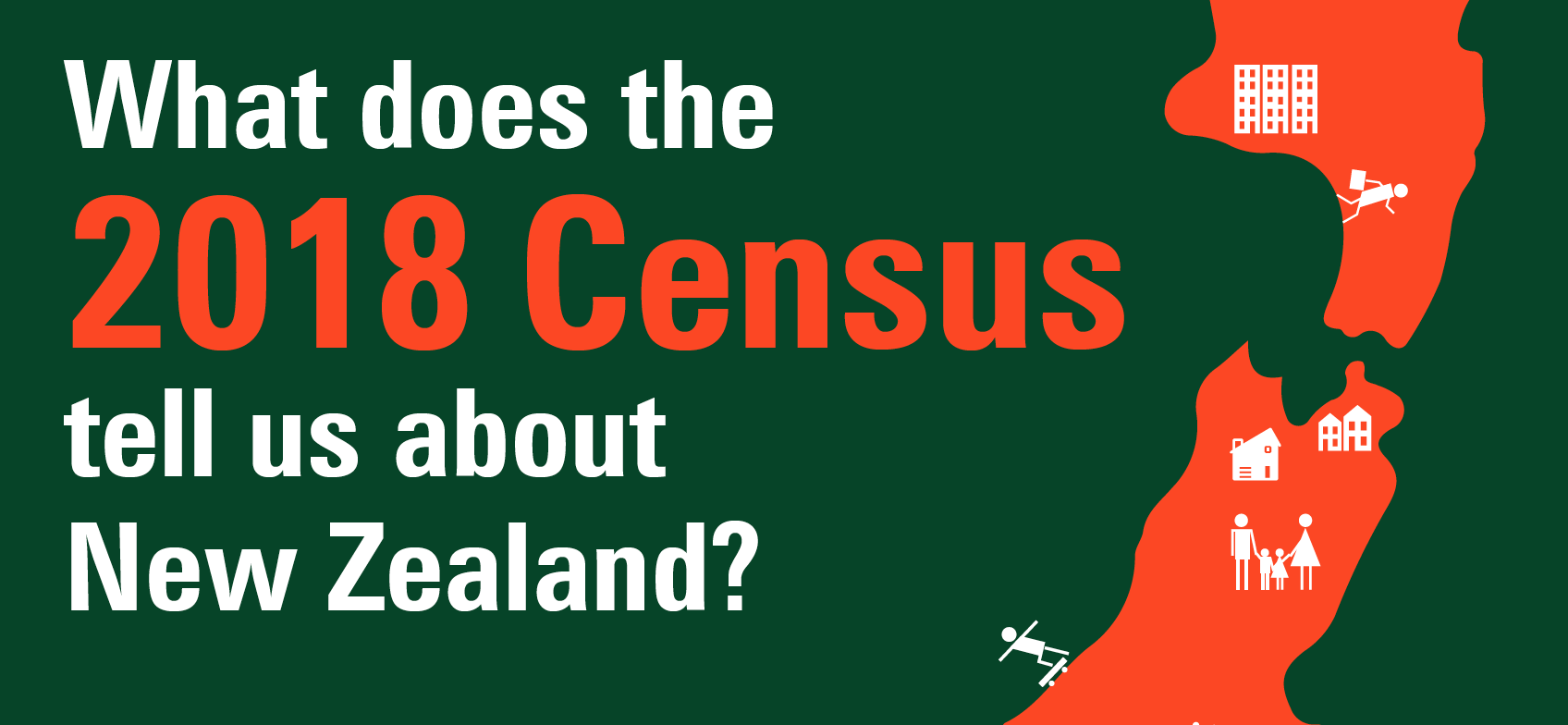Recently a discussion between Christchurch City councillors was debated at length in the media. Now the councillors and Mayor may have just been spitballing… but the headline read
Canterbury with a population of 2 million?
The story detailed councillor Raf Manji enthusing about a Greater Christchurch spreading out across the plains. Stuff reported Manji as saying, “Christchurch itself, as the denser metropolis, would happily house a million people … then linked by good rail, the straggle of satellite towns from Ashburton to Amberley could fatten into spacious developments that are home to a further million.”
Manji believed this could happen because Christchurch, unlike Auckland, was not geographically constrained. Mmmmmm?
I was fascinated by Manji’s optimism, and confounded by the copious list of readers who bought into the chance that Canterbury’s current growth could escalate to such a level and commented on the two million vision.
Perhaps Manji’s comments were aspirational, however Statistics NZ projections (released last week) surely signal a very low likelihood of massive ongoing growth in Christchurch. Actually, Statistics NZ project growth in every region will slow in the next 30 years.
The 30-year forecast for Canterbury suggests population change of between 0.2% and 1.4% per annum depending on whether you pick up the low, medium or high figures. Thus, using the high projection, the regional population might be somewhere in the vicinity of 854,800 in 2043 – a far cry from two million.
The following table presents the Statistics NZ projections at 5 year intervals.
Source: Statistics New Zealand, subnational population projections, 2013(base)-2043
Auckland is likely to hog around 60 percent of New Zealand’s population growth in the next three decades. In fact Auckland is the only place likely to reach Manji’s magical 2 million mark any time soon. Using the medium forecast figures that should occur around 2033, or using the high figure around 2029 (…imagine the traffic).
But…. just spit-balling… what would need to happen in Canterbury for that region to experience growth sufficient to breach the two million mark?
We know that births and deaths are following relatively stable trends, so only a huge swing in migration (and it would need to be both internal and overseas) could have such a huge influence on Canterbury’s future population. For that to happen, something many times more powerful than diary giant Fonterra’s influence on the area would need to occur… a socio-economic equivalent of a lotto win… perhaps a rich vein of platinum, or gold, or diamonds in the Southern Alps?
However, Manji was on to something when he indirectly referred to the centralisation of New Zealand’s population. All regions are projected to experience some growth, yet more than a third of territorial authorities will have a smaller population in 2043 than in 2013. In fact deaths will outnumber births in two thirds of our territorial authorities in 30 years.
I don’t think that there is a single councillor in New Zealand who does not wish and work for growth and prosperity for their area – perhaps not quite at Manji’s heady levels – but in reality few councils are going to get that outcome. Ultimately population forecasting and subsequent planning must be firmly tethered to socio-economic and demographic evidence.
Visit the demographic resource centre to access free demographic information for TAs across New Zealand.









